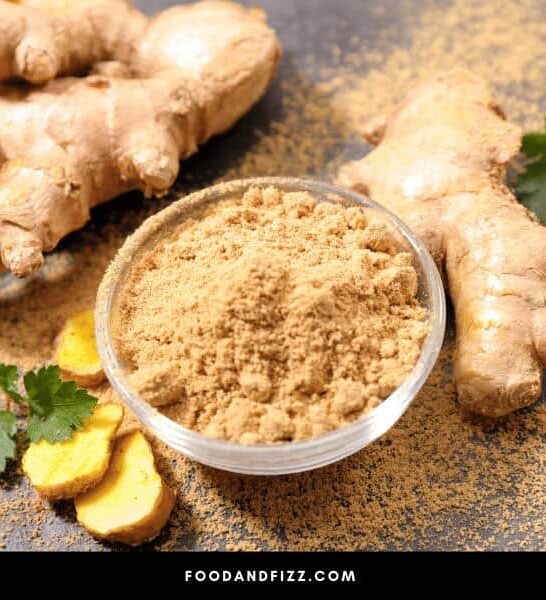Is Green Ginger Poisonous? You may be familiar with ginger- especially if you’re a sushi lover.
But if you rarely use ginger when preparing your own dishes at home or have recently begun growing ginger, you may have some questions- such as whether or not green ginger is poisonous and safe to eat.
Ginger is available in a few varieties- one of which is known as green ginger. But any type of ginger is subject to spoilage and mold, which can cause it to turn green.
If you want to bring out the flavor of future dishes by adding a touch of ginger, you should be aware of which types of ginger are safe- and which should be thrown in the garbage.
Is Green Ginger Poisonous
Green ginger is just another name for fresh or young ginger- and it’s perfectly safe to eat. Occasionally, green ginger will even turn blue due to acid exposure, but it still isn’t poisonous. That said, most varieties of wild ginger are poisonous- or mildly toxic, at the least. And ginger can grow green mold when it’s spoiled.
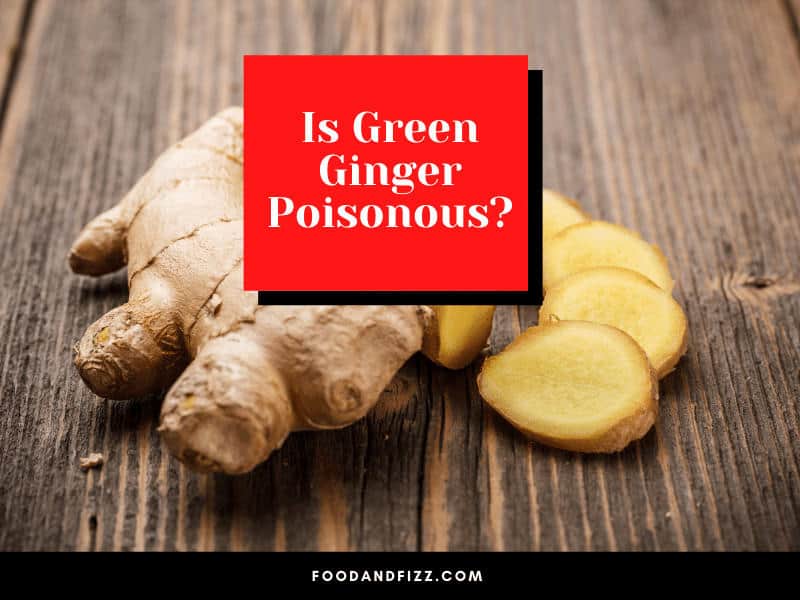
Green ginger isn’t poisonous
You may have heard or read that ginger is poisonous. And that is true- for the most part. However, there is a difference between culinary ginger and poisonous wild ginger.
The name green ginger is misleading as it doesn’t necessarily refer to the color of the ginger, but its age. Green ginger is another name for fresh young ginger, which is often used in Asian dishes.
But ginger can turn green or blue due to its containing anthocyanins, which chemically react with acids, causing the ginger root to change colors. This is the same chemical reaction that turns some garlic bulbs blue.
Naturally, you may be concerned about possible poisoning when you encounter a green or blue ginger root – especially if you’ve read about poisonous ginger. But the odd color is perfectly normal.
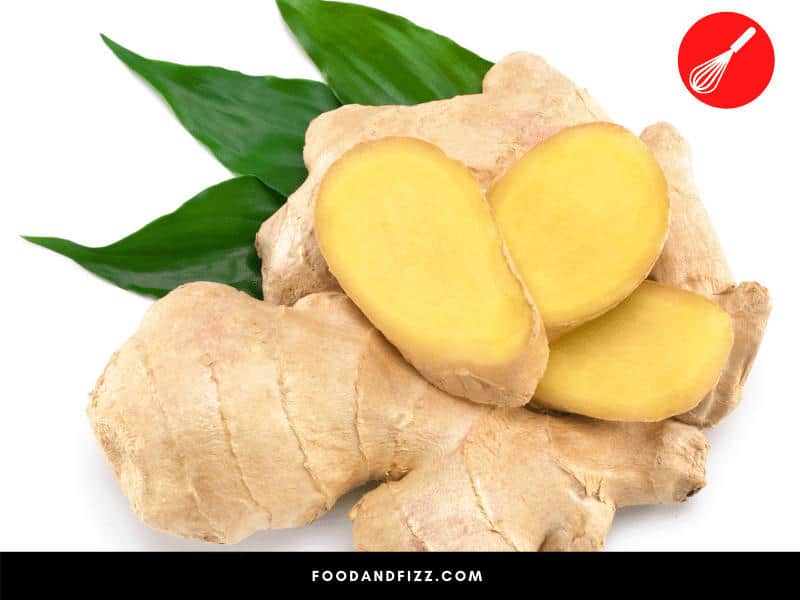
Green ginger is safe to eat
Just because something isn’t poisonous doesn’t necessarily mean that you want to serve it on your dinner table- unless it’s green ginger.
Fresh young ginger root is more tender and doesn’t require peeling, making it an ideal choice for food preparation. Even if the ginger root has turned green or blue, it’s still edible. It will just have a milder flavor.
Green ginger is often added to tea and served to people who are suffering from a cold or the flu. It’s been used for centuries for medicinal purposes, including alleviating nausea, lowering cholesterol and blood sugar, and aiding in weight loss.
While the health benefits of ginger aren’t necessarily limited to green ginger, you would probably prefer the milder flavor if your stomach is upset.
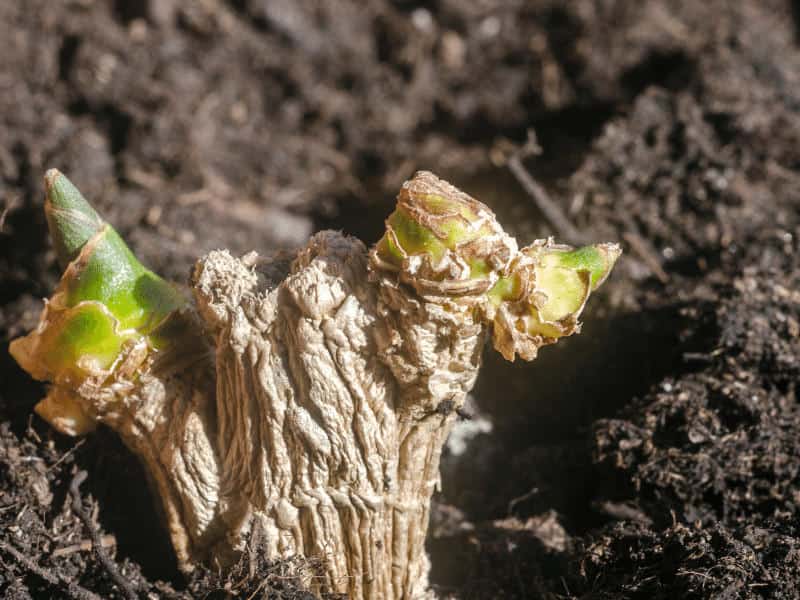
Avoid eating poisonous wild ginger
Wild ginger is also said to have medicinal benefits and was once used in Native American medicine and healing practices. But wild ginger is indeed poisonous and even deadly in high doses.
Although wild ginger can still aid in digestive health, it contains carcinogens that can lead to the development of tumors. Wild ginger consumption can also seriously damage your liver and kidneys.
Since wild ginger is believed to only be toxic in large amounts, some people may continue to use it sparingly. But why should you take that chance?
Green ginger is just as good, and it isn’t going to harm your body.
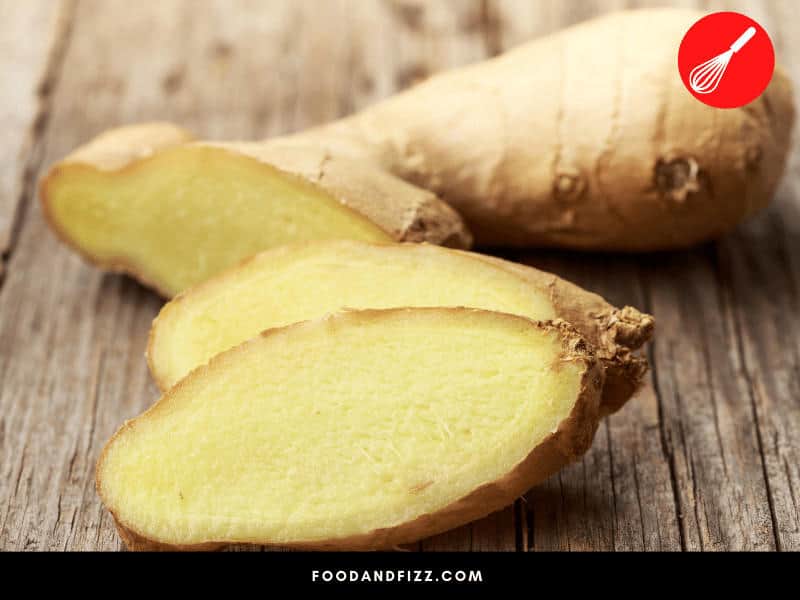
How to tell if ginger has spoiled
When ginger root goes bad, its flesh will start to turn gray, not green. However, spoiled ginger can grow green and blue mold, which shouldn’t be confused with natural color change. Moldy ginger should be immediately discarded.
You can usually tell if your ginger root has gone bad by its firmness and color. If it feels soft and mushy or is developing mold or a grayish hue, it’s spoiled- and no longer safe to eat.
While spoiled ginger may not technically be considered poisonous, it is toxic. Spoiled ginger root develops a dangerous toxin called safrole, which can cause serious liver damage. Even though fresh green ginger isn’t poisonous, it can still be harmful to your health if you eat it after it has spoiled.
Fortunately, green ginger root lasts a long time when properly stored- up to two months. So, as long you use your green ginger before it goes bad, there’s no need to worry about toxicity.

Frequently Asked Questions About Is Green Ginger Poisonous
What is green ginger root?
Green ginger is basically the same as fresh young ginger- it’s just a different name. Green ginger has a milder flavoring, and the root is still so tender that you don’t even need to peel it.
Can you use green ginger?
Although most people prefer to use green ginger root as opposed to actual ginger to avoid the pungent aroma and taste, it’s fine to use either one when preparing your favorite dish.
Should ginger be refrigerated?
You should place your whole unpeeled ginger root in an airtight plastic bag and keep it in the refrigerator to prevent the growth of mold. With proper storage, unpeeled ginger will stay fresh for a month or two, but peeled ginger will go bad in a matter of weeks.
Conclusion On Is Green Ginger Poisonous
While ginger can turn green or even blue due to natural chemical reactions, the term green ginger has little to do with the color of the ginger root.
Instead, it’s used to describe fresh young ginger that’s not poisonous- and perfectly safe to eat.
Actually, green ginger root is one of the most used types of culinary ginger due to its milder flavor that adds a touch of spice to a dish without being overly pungent.
But if you notice green mold growing on your ginger root or other signs of spoilage, you should discard it as you can become very ill from eating bad ginger.
If you’ve heard that ginger is poisonous, there’s no reason to stop eating it.
Most varieties of wild ginger are indeed poisonous, but the ginger that’s served alongside your sushi is safe to eat, so go ahead and enjoy it!

